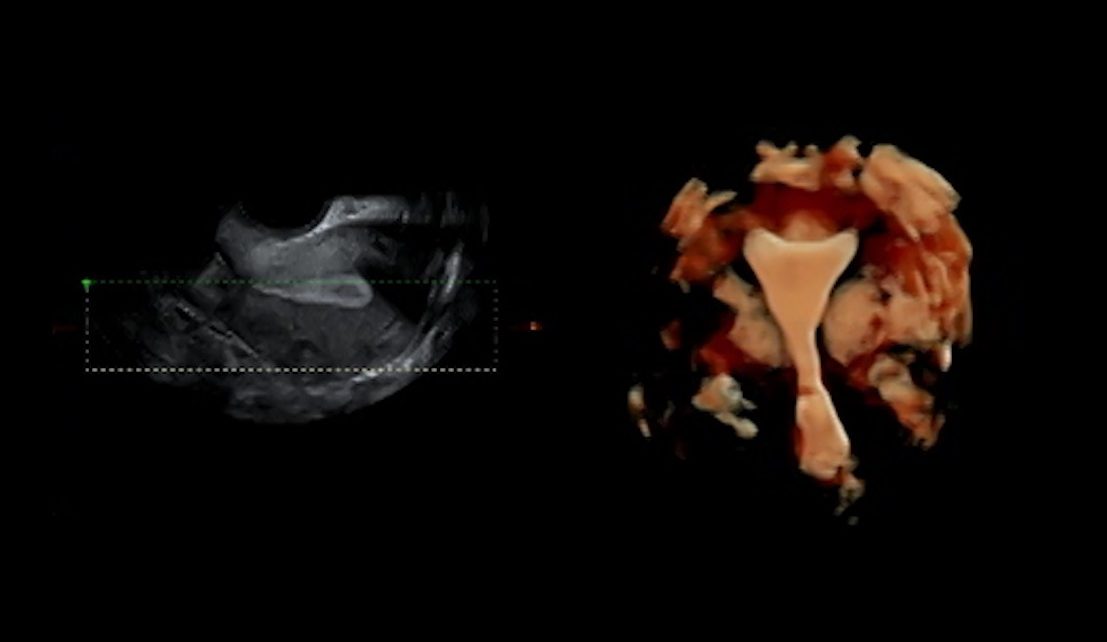
Uterine contractions: a challenge for embryo implantation
We are not yet fully aware of the exact reasons why sometimes a pregnancy happens and sometimes it does not. The embryo implantation process is an entire set of processes, many of which are unknown.
Based on the fact that the main factors that have an impact on implantation are the embryo and the female uterus, huge progress has been made in the field of embryology and this has enabled us to understand and classify embryos both morphologically and genetically. This has increased the information we have about their ability to implant.
However, little progress has been made in terms of the uterine factor. When a uterus has an apparently normal anatomy, it would appear to be developing normally and we also have embryos with an optimum capacity to implant, why don’t they implant? Why don’t they lead to a successful pregnancy? Evidently, personalisation is very important in these cases but we know that a more comprehensive analysis of the uterine could bring us closer to the key to the issue.
Índice
What are uterine contractions and what are they for?
Uterine contractions are physiological. That is, there have to be uterine contractions (movement in the muscle) during the implantation process in order for it to progress appropriately. Uterine contractions work in the same way as the heart when it contracts with each heartbeat. If contractions in the heart are irregular, they can lead to heart issues. The same could be true of the uterus. Too many and irregular contractions or contractions that do not happen in the right direction can impede correct implantation.
How can we know if uterine contractions are correct?
Measuring uterine contractions is a huge challenge because it’s impossible to spot them right away. Different methods for measuring contractions have been used and their reliability has been analysed. Clearly, the most commonly-used method is one involving a video recording of the uterus which is then viewed in fast forward mode and the waves caused by uterine contractions are observed. In the department at Instituto Bernabeu that handles implantation failure, we are pioneers in carrying out an analysis that has been presented at leading international scientific congresses. It addresses the matter of validating the technique that is used. It also addresses the matter of establishing the limit beyond which uterine contractions can affect embryo implantation.
Means of modulating uterine contractibility
The approach to each case needs to be analysed appropriately. We know that progesterone is key to controlling uterine contractility. Therefore, a joint analysis of uterine contractility and progesterone helps us to reach a diagnosis and establish a therapeutic strategy.
However, uterine contractility does not always depend on progesterone levels and this means that other courses of treatment may be needed. With this in mind, Dr Bernabeu developed an important publication that is referenced worldwide. It involves use of a specific uterine contraction inhibiting treatment in order to increase chances of pregnancy in these situations.
The role of progesterone in implantation and uterine contractibility
Progesterone is essential to embryo implantation. Its many functions also include controlling uterine contractility. It decreases them after having been increased during a natural cycle due to the impact of oestradiol. In nature, progesterone is secreted by the corpus luteum. In other words, in ovulation which, on reducing uterine contractility, favours embryo implantation and, possibly, correct development.
The method used in our Implantation Failure Unit includes a progesterone analysis alongside uterine contractility measurement in order to reach a correct diagnosis of the situation and help to address it. This is part of the personalisation process that we undertake for each and every couple.
MORE RELATED INFORMATION
- Recommendations following embryo transfer
- Implantation failure and repeated miscarriage. Treatment options
- Embryo implantation, the ultimate test
- Embryo transfer on day 3 or day 5. The pros and cons.
- The advantages and disadvantages of transferring embryos during a natural or artificial cycle
- What is the endometrium?
Dr Belén Moliner, a gynaecologist at Instituto Bernabeu.
